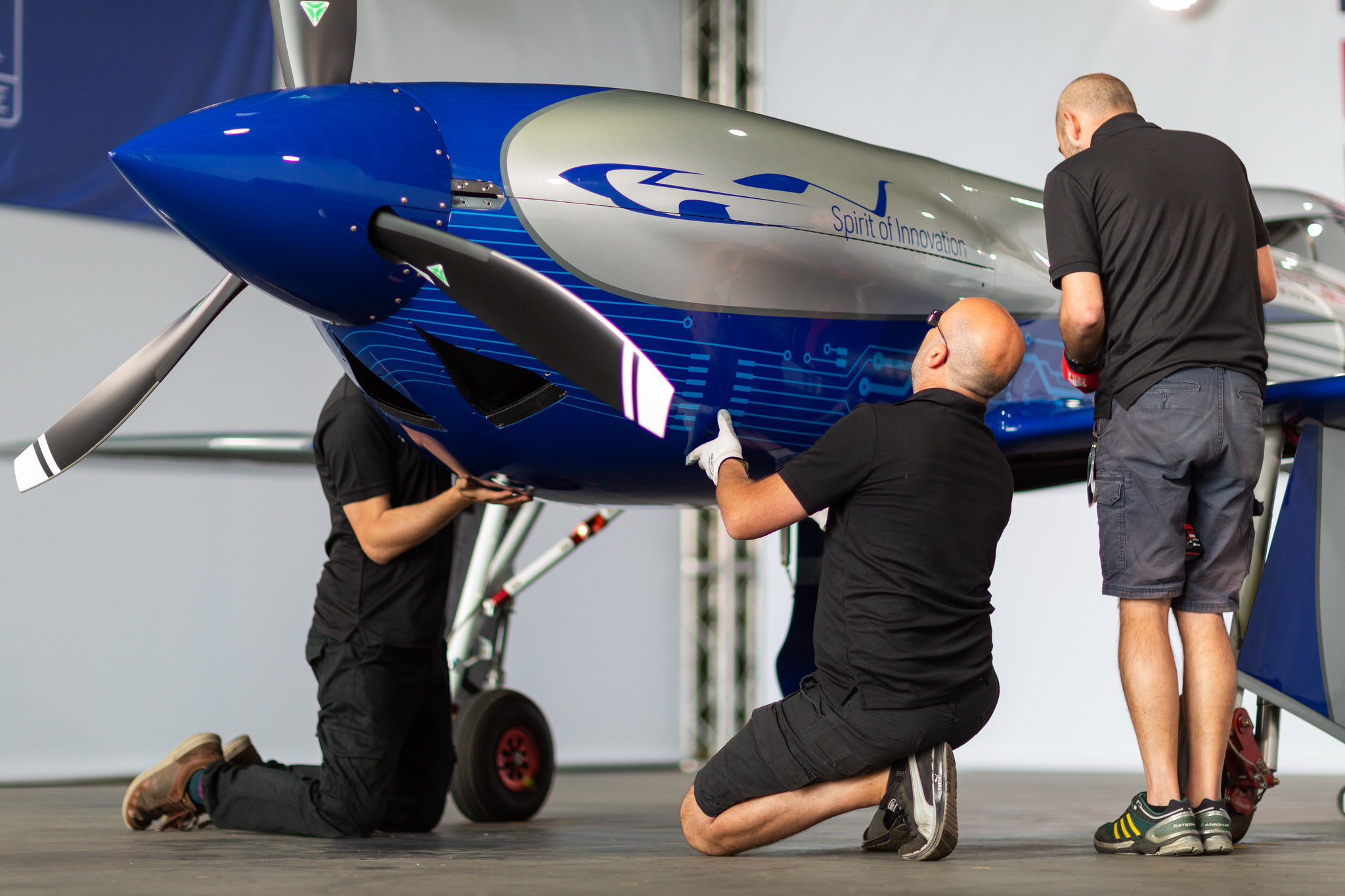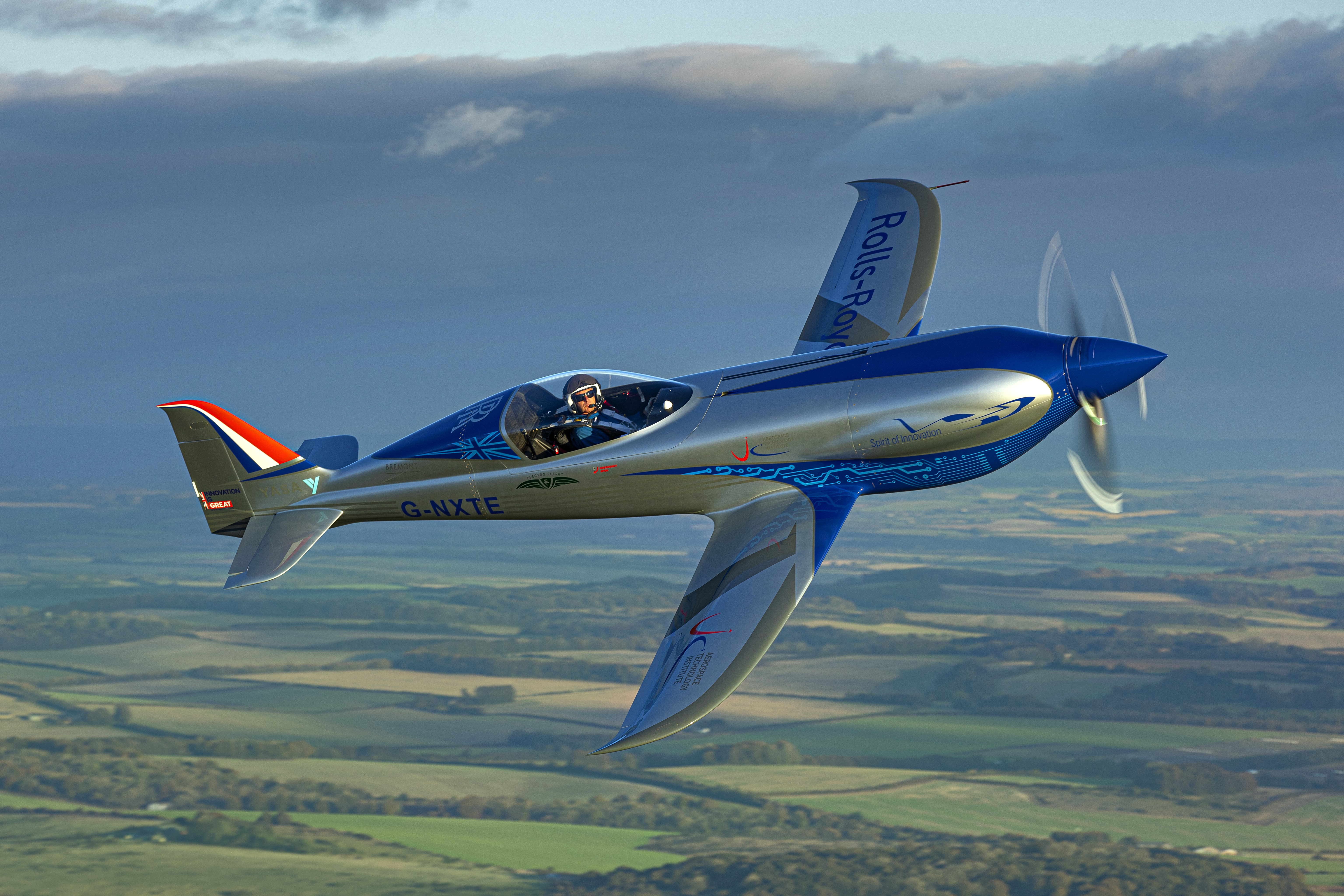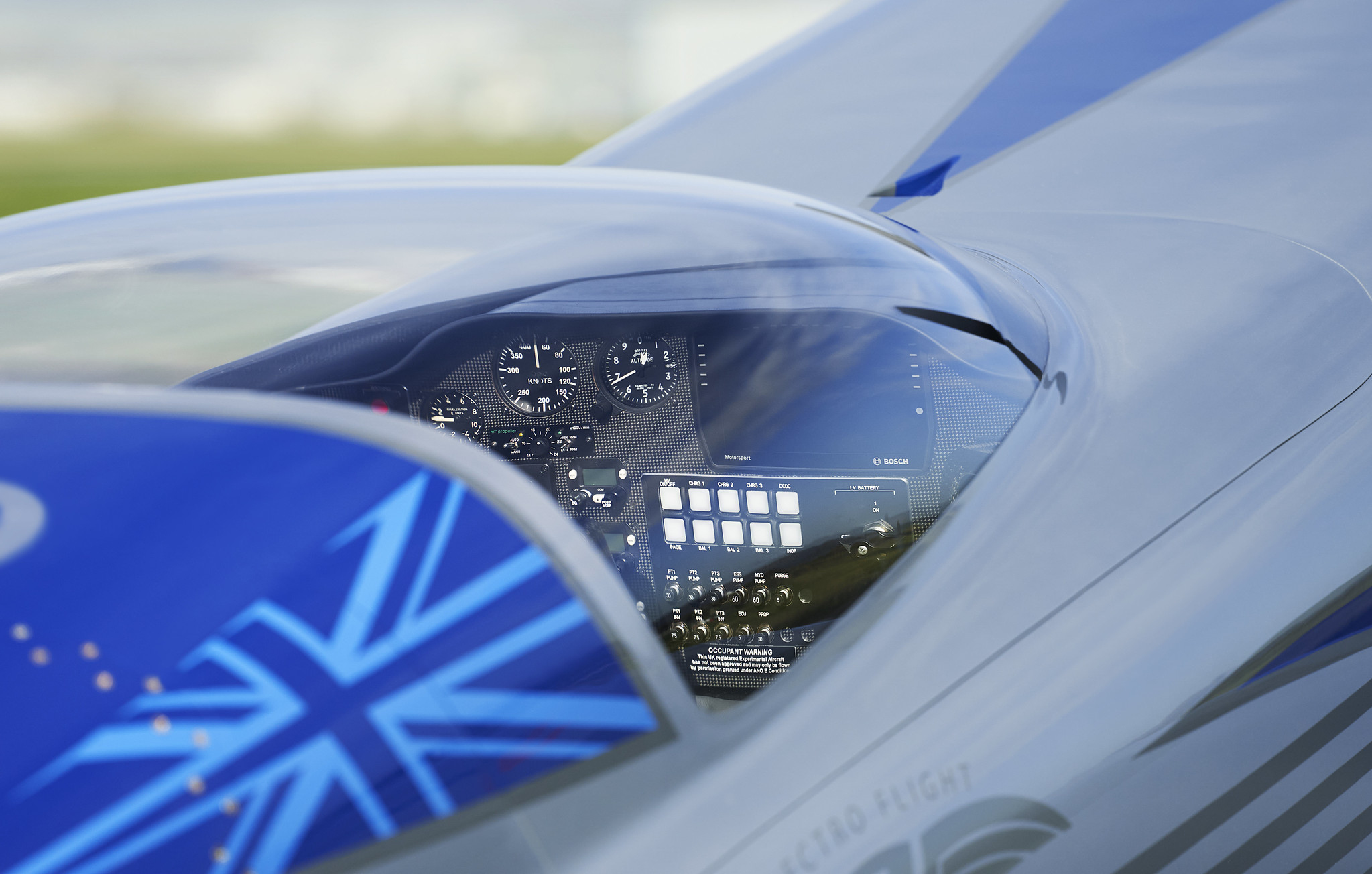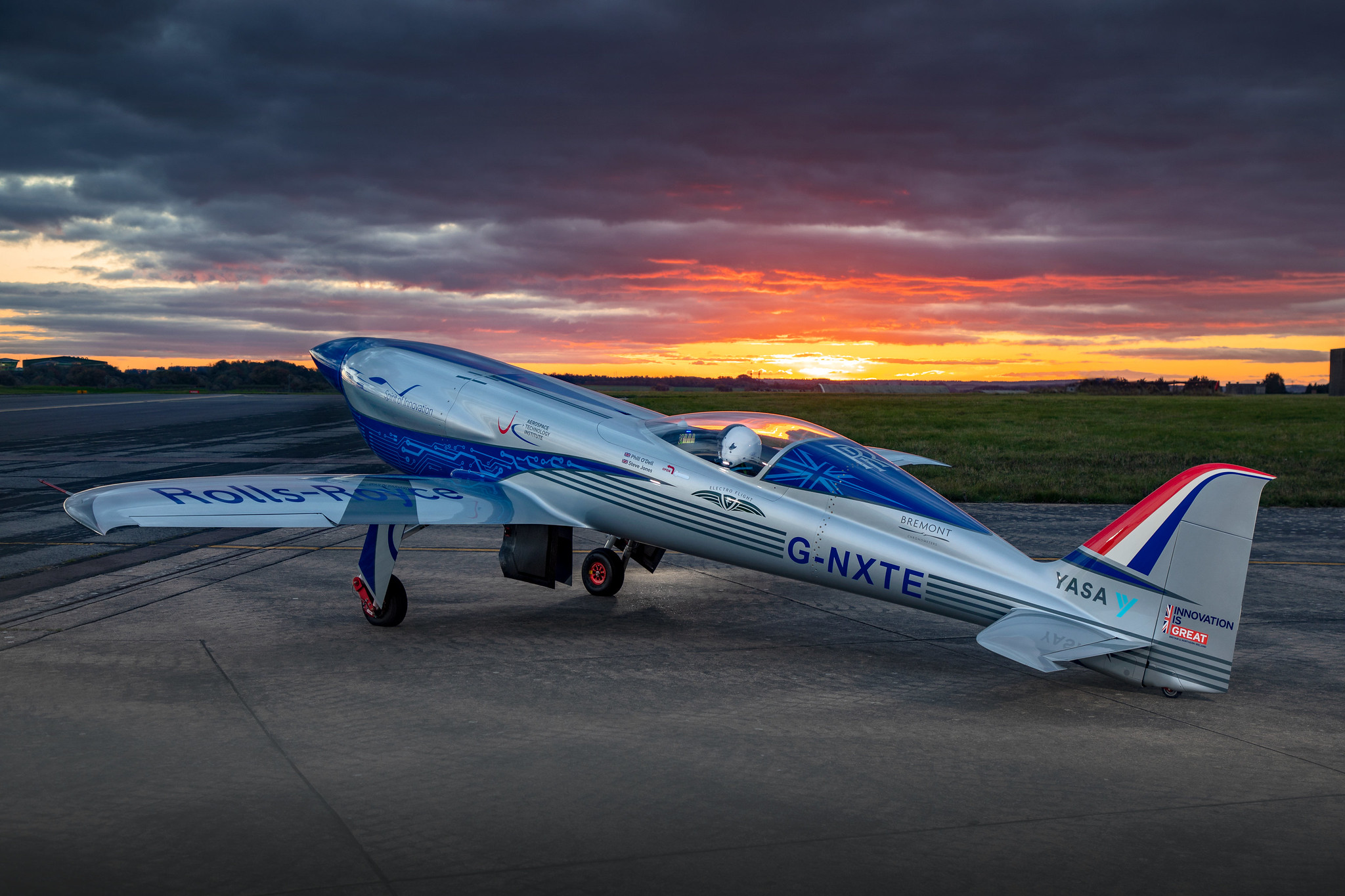World’s fastest all-electric aircraft - Spirit of Innovation
IRIA - November 25, 2021

With the increasing shift toward electric-powered routes for sustainability and environmental purposes, the world’s leading aircraft engine manufacturer Rolls Royce introduced its fastest and by far most efficient all-electric airplane. The “Spirit of Innovation” aircraft becomes the fastest fully electric vehicle to date.
Rolls-Royce’s all-electric Spirit of Innovation took to the skies for the first time in September and since then the company had been making design and capability improvements to achieve a sleek and stylish e-plane model in order to set a new world speed record of over 300 mph.
On Nonmember 16, 2021, Spirit of Innovation took off for the flight from the UK Ministry of Defense's Boscombe Down experimental aircraft testing site runway to break its own previously settled high-speed record of 182 mph. The e-plane maintained a speed of 331 mph (532 km/h) for over 15 kilometers in the air. The aircraft did not only break the record to be the fastest all-electric vehicle by covering a horizontal distance, but also made a record of climbing to 3000 meters within 3 minutes and 32 seconds, which is 60 seconds faster than the previous record. During the test run, the Spirit of Innovation hit the highest speed mark of 387.4 mph (623.4 km/h) which makes it the only all-electric vehicle to attain such high speed.

The sleek and sharp design features with aerodynamic shape are inspired by the sports car designs and the material that is used to make the fuselage and wings is the same as the one used in formula one racing cars. This gives the plane a lighter weight and higher strength.
Rolls-Royce CEO Warren East said: “Staking the claim for the all-electric world-speed record is a fantastic achievement for the ACCEL team and Rolls-Royce. I would like to thank our partners and especially Electroflight for their collaboration in achieving this pioneering breakthrough. The advanced battery and propulsion technology developed for this programme has exciting applications for the Advanced Air Mobility market. Following the world’s focus on the need for action at COP26, this is another milestone that will help make ‘jet zero’ a reality and supports our ambitions to deliver the technology breakthroughs society needs to decarbonise transport across air, land and sea.”

The Spirit of Innovation aircraft is part of the ‘Accelerating the Electrification of Flight’ or ACCEL project. The Aerospace Technology Institute (ATI) in partnership with the Department for Business, Energy & Industrial Strategy and Innovate UK provided funding for the project. British electric motors and motor controller’s manufacturer YASA also worked on the e-plane project.
Some key design features of Spirit of Innovation:
• The plane is powered by 6480 ACCEL battery cells. These cells are stacked upon each other all the way at the front and back of the aircraft, providing it stability and flight maneuverability. To put it into a perspective, 6480 battery cells are enough to power 7500 smartphones at once.
• The battery powers a 400KW motor at the front, which produces 435 HP (same as a modern-day sports car), and provides the plane with fast propulsion.
• The front propeller is made of lightweight fiber material and revolves at a speed of 2200 RPM. Such high speed can provide the plane with powerful thrust enables it to reach higher altitudes.
• The outer side of the battery cells is coated with the same material as the ones used in the bottle corks. This provides thermal insulation even at the highest output.

• The aircraft features a state-of-the-art controls system that provides the pilot with all the information required to fly safely and quickly.
• The plane’s wingspan is made with Nemesis NXT kit, which is a sports-grade kit for airplanes especially designed to sustain higher speeds and aerodynamic shapes.
• The plane has 24 feet of wingspan and 23 feet in length. The space at the front that is usually placed with the engine in conventional planes, is filled with the ACCEL battery cells that power the large 400KW battery for propulsion.
• The aircraft is equipped with an inverter, thermal management system, and auxiliary system at the front of the fuselage. At the maximum working capability, the batteries can deliver more power than a formula one racing car.

















